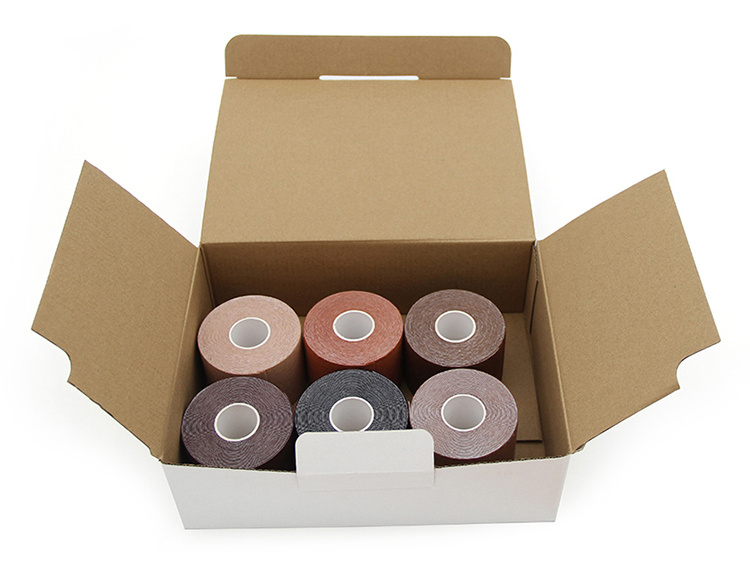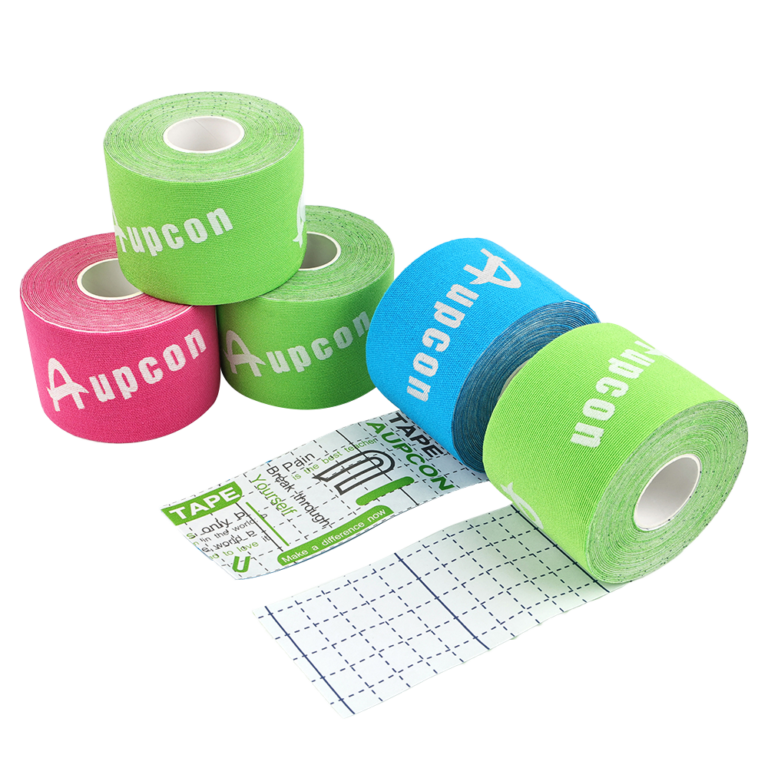What kinesiology tape sport Can Do
kinesiology tape sport have different functions when applied. Before you start using it, your physical therapist will conduct an assessment and evaluation to determine which kinesiology tape is best for your situation. They will assess whether you need tape, or if you have contraindications to tape.
In general, kinesiology tape sport is thought to help create balance in the neural circuits of muscles, tendons, joints, and skin. This is thought to reduce pain, reduce swelling, and improve muscle performance and function.
Kinesiology tape is also thought to reposition joints, and it may also help remodel collagen tissue, such as in scar tissue management.
The working theory of kinesiology tape sport
There are different theories about how ergonomic tape works. First, it is thought to alter proprioceptive input to the sensory nervous system in muscles, joints and skin.
The tape is thought to improve the interaction between the skin and underlying structures to help reset the circuits in this part of the nervous system, thereby improving muscle activation and performance.
kinesiology tape sport is also thought to inhibit nociceptors (pain pathways) in muscle, skin, and joint structures. Reducing pain input to the brain is thought to normalize muscle tone, thereby reducing pain and muscle spasms.

Types and brands of kinesiology tape sport
There are over 50 different types and brands of kinesiology tape on the market today, such as Kinesiotape, KT Tape or RockTape.
Some specific tapes are designed for athletic performance, while others are designed for lymphedema and swelling management.
Your physical therapist can help you determine which tape is best for your specific situation.



